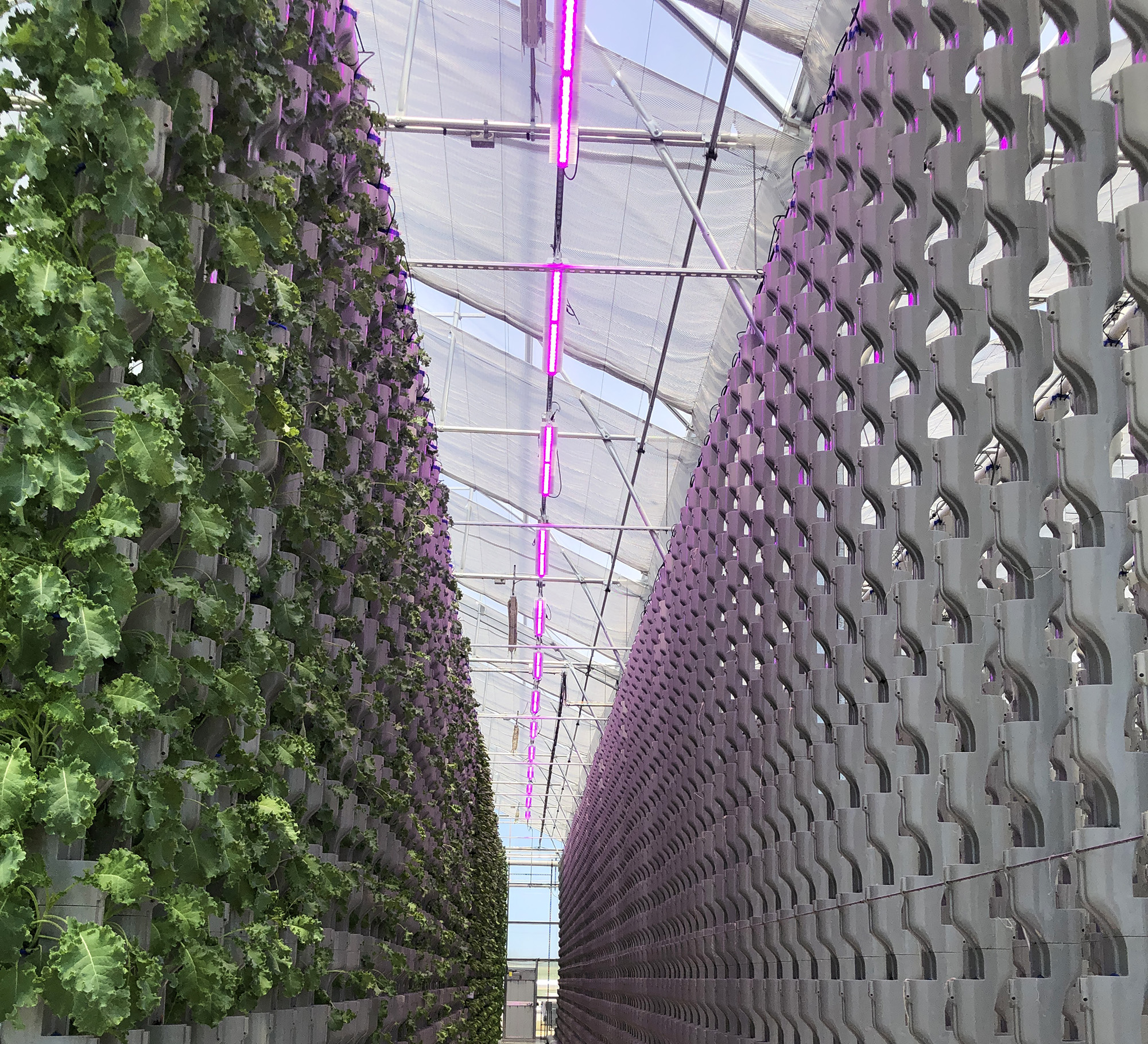
Eden Green Technology has developed a vertical greenhouse production and hydroponic system equipped with GE Current LEDs that enables the company to produce a consistent quality crop from top to bottom.
Case File Facts
COMPANY
Eden Green Technology
LOCATION
Cleburne, Texas
CROPS
Leafy greens and other greenhouse vegetables
TECHNOLOGY
High-tech vertical nutrient film technique production system and GE Current Arize Element L1000 LED grow lights
BACKGROUND
The idea for Eden Green Technology began with brothers Jacques and Eugene van Buuren in South Africa. They were construction engineers and managers who built housing projects. During the construction of these projects they encountered children who didn’t have enough food. About 10 years ago the brothers decided to address hunger and food deserts and how they could help solve these issues.
The brothers switched over management of their company to focus their time, effort and energy into creating a vertical farming production system that would enable them to grow food anywhere. That is how the conception of Eden Green Technology originated. The brothers brought their idea to Cleburne, Texas, and founded as a business entity in 2017. The goal of the brothers was to design and develop a production system to grow leafy greens, herbs and vegetables in hydroponic greenhouses.
When Eden Green Technology began operating its primary focus was on producing hydroponic produce for sales to local retailers. Since January 2020 the company’s focus has evolved.
“We are no longer in the business of just selling produce,” said Aaron Fields, director of horticulture at Eden Green Technology. “We are now in the business of selling our farming technology and our hydroponic production system to companies, regions and municipalities. This technology and production system can help these entities solve supply chain and distribution issues as well as combat global food scarcity and food insecurity. Our technology is more sustainable than traditional farms and other indoor solutions and we believe we can help improve the current footprint of the food industry.”
Eden Green Technology has initiated a pilot program with Walmart and Albertsons/Tom Thumb and is discussing a program with an international quick-serve retailer. Crops produced in the company’s R&D greenhouse are also sold to Profound Foods, which distributes the produce in the Dallas-Fort Worth area.
“We also donate as much if not more produce than we provide to Profound Foods,” Fields said. “We partner with local food banks, shelters, schools and community organizations. We are involved with giving the produce away because our R&D greenhouse is focused on trials, collecting data and proof of production system concept. We are growing very good fresh produce and are willing to donate it back to the community.”
While Eden Green Technology is producing primarily leafy greens in its proprietary vertical hydroponic production system, the company has trialed over 200 different crops. Photos courtesy of Eden Green Technology.
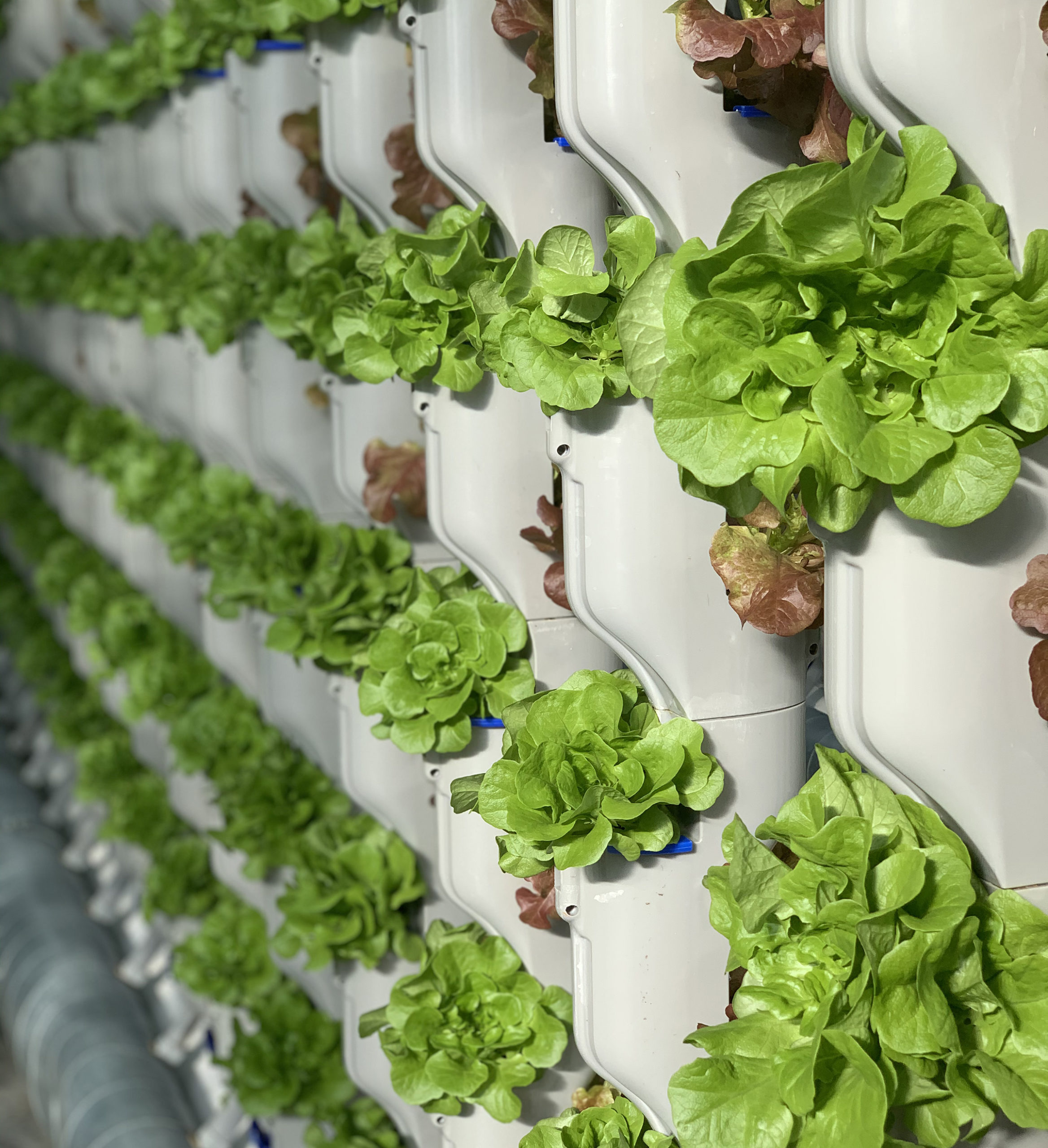
“I’m always looking at what Chris Higgins and the Hort Americas team have their hands in. They are at the forefront of what is happening in the controlled environment crop production industry. They have their fingers on the pulse of what is happening.”
– Aaron Fields, Director of Horticulture, Eden Green Technology
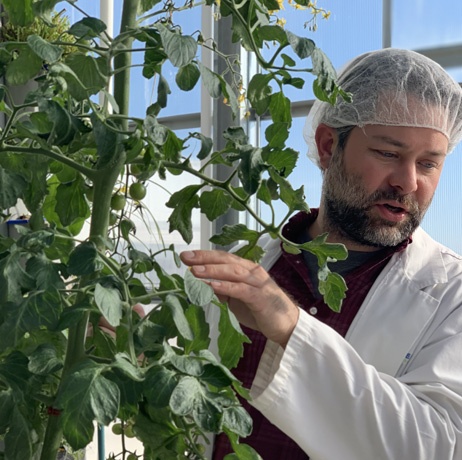
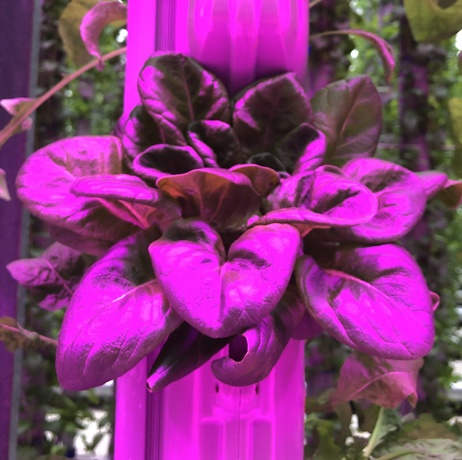
CHALLENGE
The van Buuren brothers collaborated with horticultural experts from around the world to develop a proprietary vertical nutrient film technique system.
“The brothers developed a prototype NFT production system while they were in South Africa,” said Fields. “The water trickles down at a slow rate just like in a conventional horizontal NFT system and plants are watered 24/7. There was a learning curve in how fast the water could flow and the effect EC could have on the plants. We have figured out those issues while trialing over 200 different crops.
“The system also has a proprietary microclimate system that allows us to control all aspects of temperature and humidity throughout the system. We don’t have an increase in temperature from the bottom to the top. Even though the climates in South Africa and Texas are very different, the system works well in any climate. Once the production system is operating with the right equipment to manipulate the environment, plants can be grown anywhere.”
When Fields arrived at Eden Green Technology in September 2018 his first task was to think outside the box with a production system that as a conventional grower he had never grown with before.
“There is no book written about running a vertical NFT system,” he said. “How much water is lost, how high can I run the EC and what’s the best flow rate were just a few of the questions I was trying to answer. I didn’t have a lot of resources to find out that information. There was no other production system like this so I had to get comfortable pushing the envelope. We were working with a system that there was no data available on.”
It didn't take long for Fields to realize some type of grow lights would have to be installed.
“It was evident that light was a big issue,” he said. “From the top of the system there was a sort of rainbow effect. Looking at an aisle there was this natural bell curve of light distribution across the plants from where the sun was located. Plants on the south wall were bigger in size. Plants on the north wall were taller. Through my own testing trials with light meters, we were probably using 80 percent of the natural sunlight from the top to bottom in any given spot.”
SOLUTION
Once Fields determined that supplemental lights were needed, the next thing he had to do was to pick out the light fixtures.
“This is the first time in my career that I went out and only looked at LED lights,” he said. “At the other greenhouses I have worked in I used high pressure sodium (HPS) lamps or maybe a combination of HPS and LED lights. Working with only LED lights was exciting to me.”
One of the first persons Fields contacted was Chris Higgins, general manager at Hort Americas.
“I have known Chris for a long time and we have worked together on numerous occasions. I talked to Chris about the production issues I was having. We not only talked about solutions for lighting, but we also discussed solutions for growing media, environmental sensors and organic and traditional fertilizers. I am constantly brainstorming ideas with Chris and other members of the Hort Americas team.”
Fields trialed LEDs from three different companies and received enough fixtures to equip one row of each light to conduct greenhouse lettuce production trials.
One of the LED lights that Fields trialed was the GE Arize Element L1000, which is available from Hort Americas.
“We were one of the first growers to trial the GE L1000 LEDs,” he said. “The L1000 had a higher photosynthetic photon flux (PPF) than the other two fixtures that we trialed. It got better photosynthetically active radiation (PAR) readings than the other LEDs we trialed, especially at the system’s lower levels. The L1000 also had a higher efficiency. At 3 moles per joule the GE LEDs beat the other two lights.
“The difference in the light intensity provided by the L1000 was evident immediately and we also saw it in the results with the plants. The L1000 was able to eliminate the uneven growth that was occurring.”
BENEFITS
Fields conducted 18-hour photoperiod trials with the three different LEDs which resulted in differences in the lettuce plants.
“We knew we were going to be over lighting the varieties and there would probably be some tip burn on the lettuce,” he said. “My goal with the trials was never to get consistency between the plants from top to bottom. I don’t think that is possible just using top lights. My goal was to shrink the variance as dramatically as possible with the least amount of effort and cost. I didn’t need every head of lettuce to be 8 ounces. I was able to produce lettuce with 8 ounces at the top and 5 ounces at the bottom. I’d take that every day. Some of the lettuce plants at the bottom did stretch, but it didn’t affect the harvestability or profitability of the plants.
Fields said the uniform light intensity delivered by the GE L1000 LEDs affected the consistency of the lettuce.
“We saw no bulges in the heads of lettuce with the GE LEDs. We got some bulges with the other two LEDs. Looking down a row of plants there was a difference in the vigor with the other LEDs. The plants were too far apart based on the other light companies’ light plans. The consistency in plant average weight was key with the GE LEDs.”
Fields said Eden Green Technology’s Texas greenhouse is only the first iteration of the production system the company is developing for commercial use.
“This greenhouse is only meant to be a R&D facility to develop new technology,” he said. “I’m expecting everything will evolve related to hardware, software and equipment because we have learned important lessons from operating this facility. Eden Green Technology is very different and that is why I love working here. I can call Chris or anyone at Hort Americas and ask what do you have that’s new or let’s try this? Some of my suggestions might sound bizarre, but they are willing to listen to me and give it a try.
“The beauty of the Eden Green Technology production system is that it can be adapted to any type of greenhouse. This system has been designed to be versatile in order for it to adapt to different climates. The idea for this greenhouse is to build the best possible solution and to collaborate with the best partners. GE LEDs will be a recommendation for us moving forward with our customers.”
For more: Eden Green Technology, (254) 253-5481; hello@edengreen.com; https://www.edengreen.com.
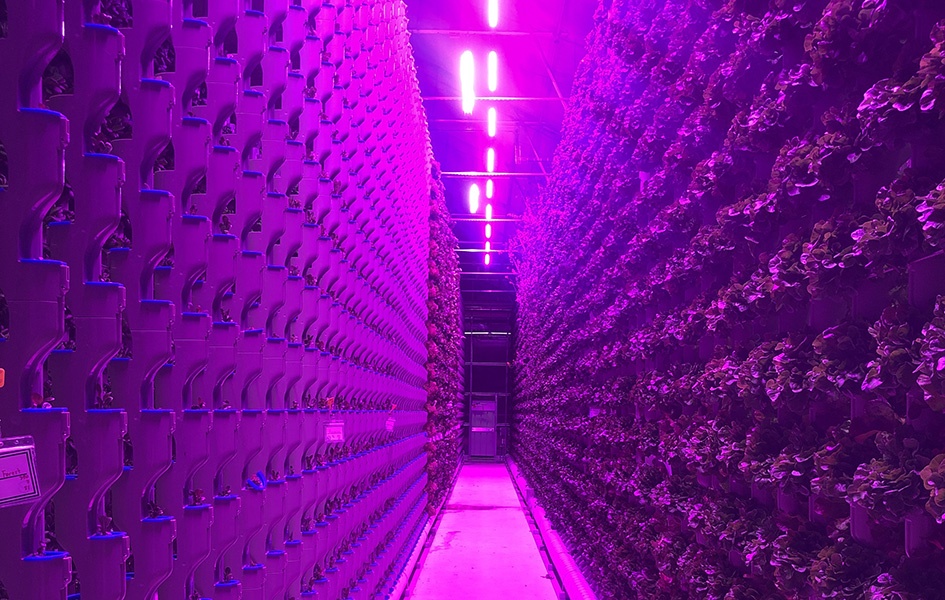

You must be logged in to post a comment.